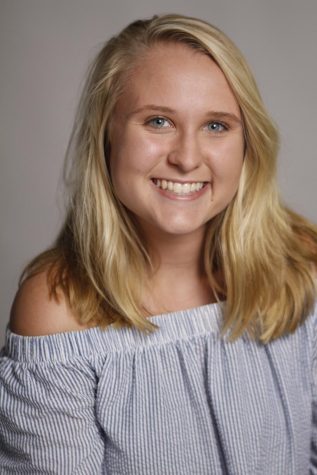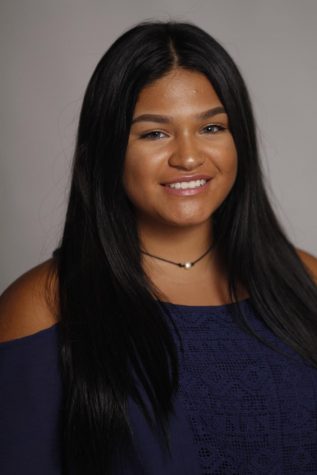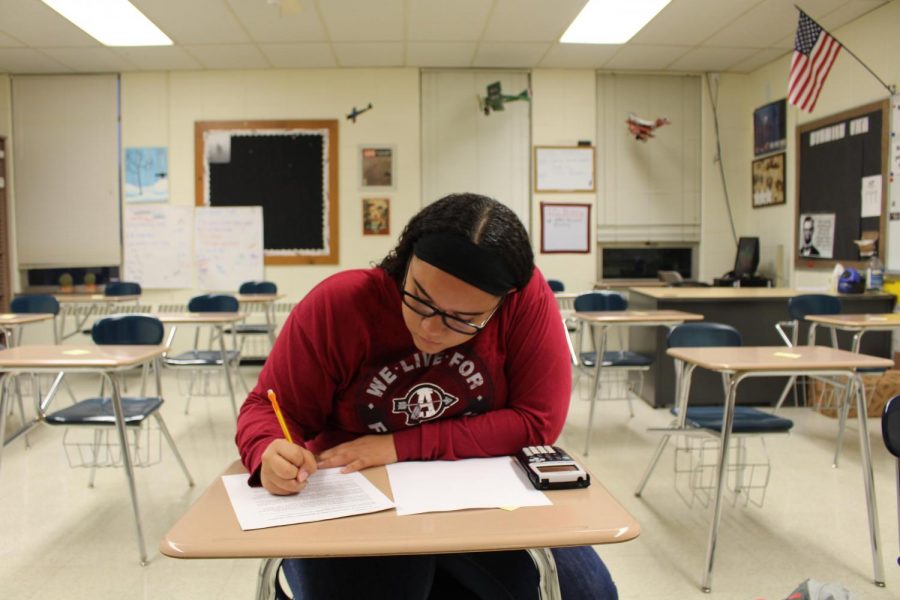ACHS Sees Possible “Low Point” for AP Students
Take a look at the correlation of Advanced Placement enrollment and scores at Antioch Community High School.
In a school filled with numerous amounts of available classes, it is easy to find the right pick for any student. Each year, students meet with their counselors to select their future courses for the following year. While some might choose to stray away from the rigorous course work of Advanced Placement (AP) classes, roughly 42.7 percent of students on average per year enroll in these courses. In fact, Antioch Community High School offers 23 AP programs for students who want to challenge themselves academically. AP students are also offered the option to take an AP test each school year in May. By performing well on these tests, students can potentially earn college credit at their future universities. In Illinois, students are guaranteed credit at public in-state universities if they earn a 3 or more on the exam.
AP classes oftentimes center their curriculum around the test and prepare students to answer multiple choice questions, free response questions and occasionally essay style questions or verbal tests (for AP foreign language exams). Such meticulous work provides multiple benefits for a student’s success and preparation for post-high school plans. For the 2016-17 school year the AP course enrollment showed 55.4 percent were female overall. This gap in gender continues to lean towards an increase in female enrollment over the years.
Since 2012, there has been a shift in the amount of students enrolled versus the corresponding scores. Scores range from 1, the lowest score, to 5, the highest score. From 2012 to 2017, the ACHS average AP score changed from 3.09 to 3.0. Aryan Haren, assistant principal of ACHS, is in charge of overall AP enrollment. When it comes to maintaining a strong AP program, Haren consistently strives to better the AP enrollment every year.
“Encouraging students to take rigorous classes is very beneficial [for the students],” Haren said. “But there also needs to be a happy balance in a student’s life.”
In the 2016-17 school year, the number of enrollees in more than one AP class tacked up to 1076. Essentially, students who excel can save money while enrolling in a course that readies them for future endeavors; so, if students can receive college credit, why don’t more students enroll in AP classes?
In the past four years, a decrease in AP enrollment has affected multiple classes. AP biology teacher and Sequoit alumna Jackie DeCaro believes multiple factors led to the decreasing enrollment in AP classes.
“We had a bunch of kids drop because they’re afraid of it,” DeCaro said.
For AP Statistics teacher Ryan Hlinak, maintaining a well rounded class is valuable in order to help students succeed.
“[The] AP test is very important,” Hlinak said. “We focus pretty much everything around that test.”
Hlinak believes that more student enrollment in AP courses will lead to a better school AP score average.
“The more kids we can get to take the test, the better data we’ll have and have a more accurate look at the data we gather,” Hlinak said.
From math and English to the fine arts, the range of interests for students provides a lengthy list of choices.
As for current standings, students at Antioch have performed slightly below the national average in some classes and higher than the average in multiple classes as well.
“We had a lot of ones and twos and threes, but not quite as many fours and fives and I think that’s how AP classes are supposed to go,” Hlinak said. There are a couple of reasons for the diminishing test scores. The first is the small portion of the student body that is enrolled in AP courses. Both DeCaro and Hlinak claim that their classes have remained relatively similar in size from year to year, but only a very small portion of the school is enrolled.
According to DeCaro, a main reason behind limited involvement is that some of the AP classes are a period and a half, which decreases a student’s lunch hour and makes it difficult to take other classes. In DeCaro’s AP Biology class for the 2016-2017 school year only 57 percent of her students took the College Board exam.
Another reason for the decline in test scores is the amount of students in the program who actually take the exam. Some students cannot use the credit because their potential university will not accept AP test credits in exchange for course credits, so they refrain from taking the exam.
“There were certain kids that were really strong in my class that didn’t even take the test because their school wasn’t going to give them credit anyway,” Hlinak said. “I think those kids would have scored really well.”
Consistently through the years, the math AP exam classes have performed the highest.
Only a small amount of students take these classes, besides students involved in the fine arts, which leads to a smaller population to analyze data from the scores. This means that it is not a perfect representation of Antioch’s students to global comparison.
Some students took the test regardless if their college accepted the credits.
“There are a couple of kids who I think could have done a little better on that test if their schools would have accepted scores, but when a school only accepts fours and fives, that can kill motivation,” Hlinak said.
In Hlinak’s class, there was not a way to predict how students would score based on their classroom work ethic.
“Some of the stronger kids did really well on the AP test, but there were definitely some surprises,” Hlinak said. “Some kids who I thought would do really well on the AP test who were really good in class didn’t do as well on the test as I thought they were going to.”
According to Hlinak, AP test scores are essentially a better way to determine the academic level of students over grades simply because they are more reliable. All AP tests are conducted in the same manner with the same grading scale. Unlike GPAs, which can fluctuate based on teachers curving grades or the difficulty of receiving higher grades in some classes, AP test scores are standard across the country. AP tests make it easier for colleges to compare students based on a standard and solidified scale of learning.
“If you’re scoring higher than somebody else on that test, then you are probably stronger in that subject,” Hlinak said. “Grades are a little bit less consistent.”
As seen through the years, on average the students who were enrolled in more than two AP classes performed worse than those who selected a single AP class to focus on. Each student has different strengths and weaknesses, so determining whether or not they receive college credit based on their scores is not always the best way to determine academic placement or growth.
Another factor valuable in connecting the dots between AP scores deals with ethnicity and race. Statistically, white students enrolled in AP classes more than other races. In the previous 4 years the amount of black students enrolling in AP classes has significantly decreased.
More affecting to students is the factor of financial needs. Students who are under Free / Reduced Enrollment (FRAM) collectively represented 11.7% of students enrolled for the exam during the 2016-2017 academic year. Financial need students recieve a reduced fee for AP exams in comparison to the $94 registration fee for those without economic difficulties.
Overall, Antioch is a blossoming community of learners who excel academically and continue to improve each year as new learning opportunities come and go, but AP enrollment remains a small factor of importance to most of the student body. As the amount of students enrolled in AP exams and classes increases, a steady increase can be seen in the success of AP exams on student life. Whether the motive for choosing AP is because of college, general interest, or a sense for challange, there is a great ability for students to endeavor into higher learning during their 4 years at ACHS.




